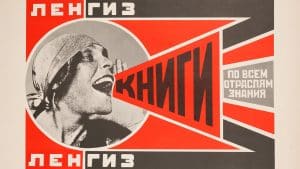Print Picks: Figure Drawing by Michael Hampton
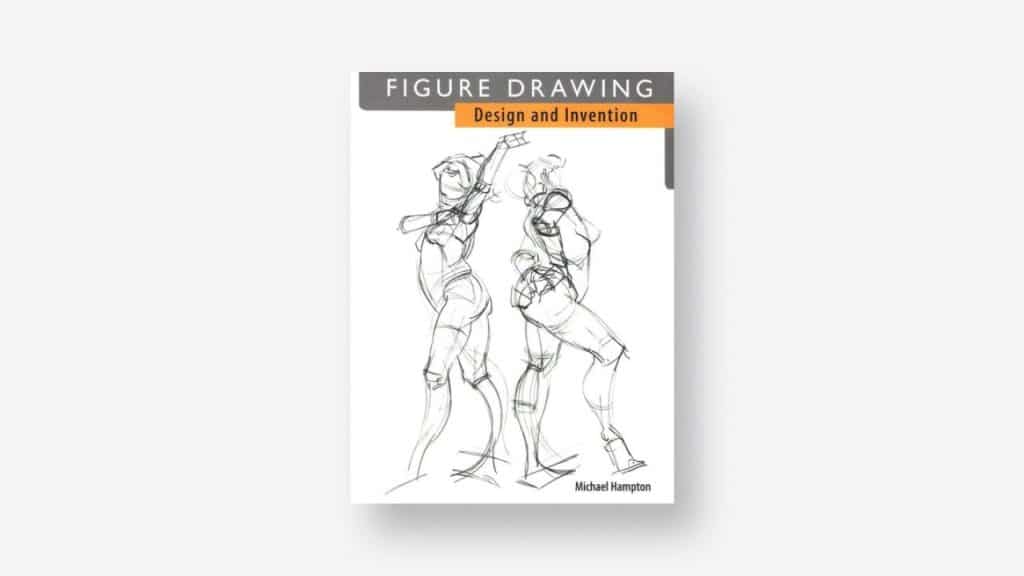
How do you first learn to draw? In our Print Picks series, we recommend some effective learning resources for studying drawing.
Whether it’s capturing the likeness of a face or correctly depicting the proportions of the body, the human figure is one of the most difficult subjects to tackle. The sheer number of bones and muscles to remember can make the subject feel like a monumental undertaking. When approaching human anatomy as an artist, it can be easy to get caught up in studying the wrong things.
Having an encyclopedic knowledge of the bones and muscles is impressive, but won’t necessarily aid you in drawing them.
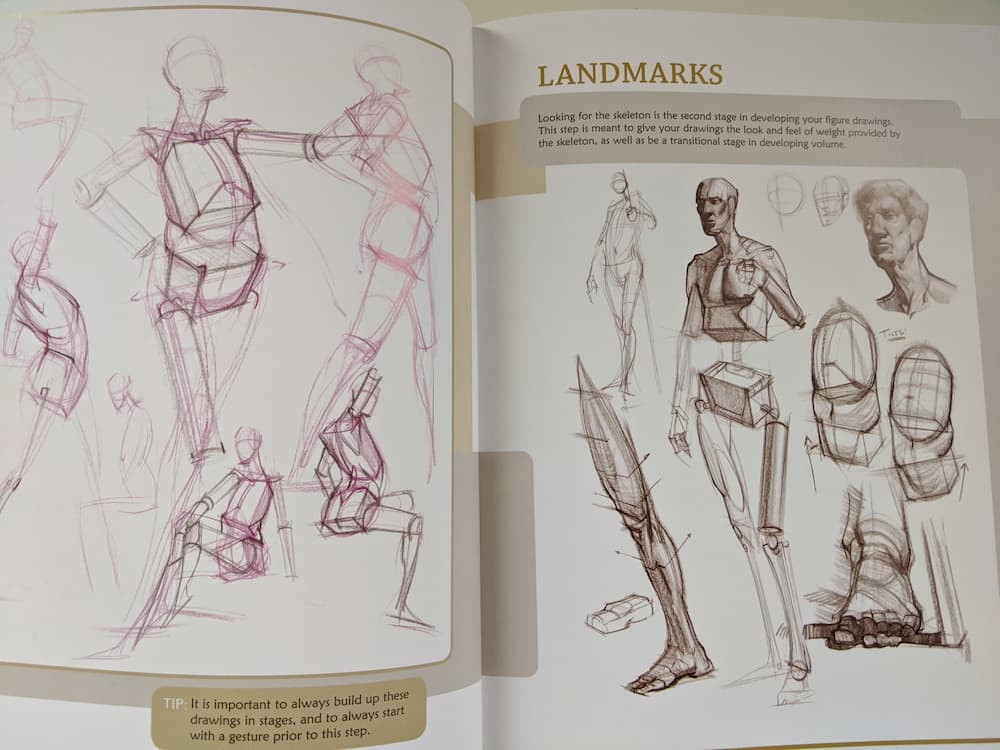

There are a number of different schools of thought in how best to approach anatomy as an artist. Depending on who you ask, you’re likely to receive a different recommendation on which book is best. Popular choices like Bridgman, Loomis, and Hogarth are all colored by the times in which they were created and the differing needs their approaches attempt to address.
The Bridgman approach feels much more artistic, while Loomis reflects the editorial nature of his work in the 40s and 50s. Hogarth focuses on dynamics in pose and musculature, and feels more like something you would see in a comic book. They’re all great resources and I recommend you to use them all, adopting the parts of each you find to be most useful to your needs.
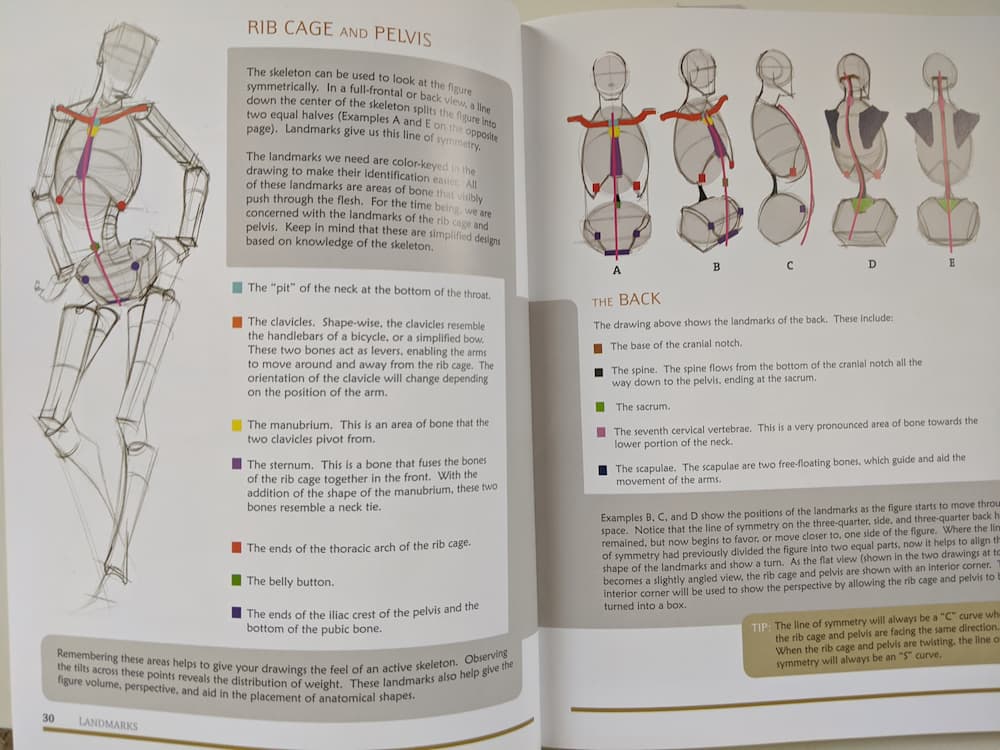
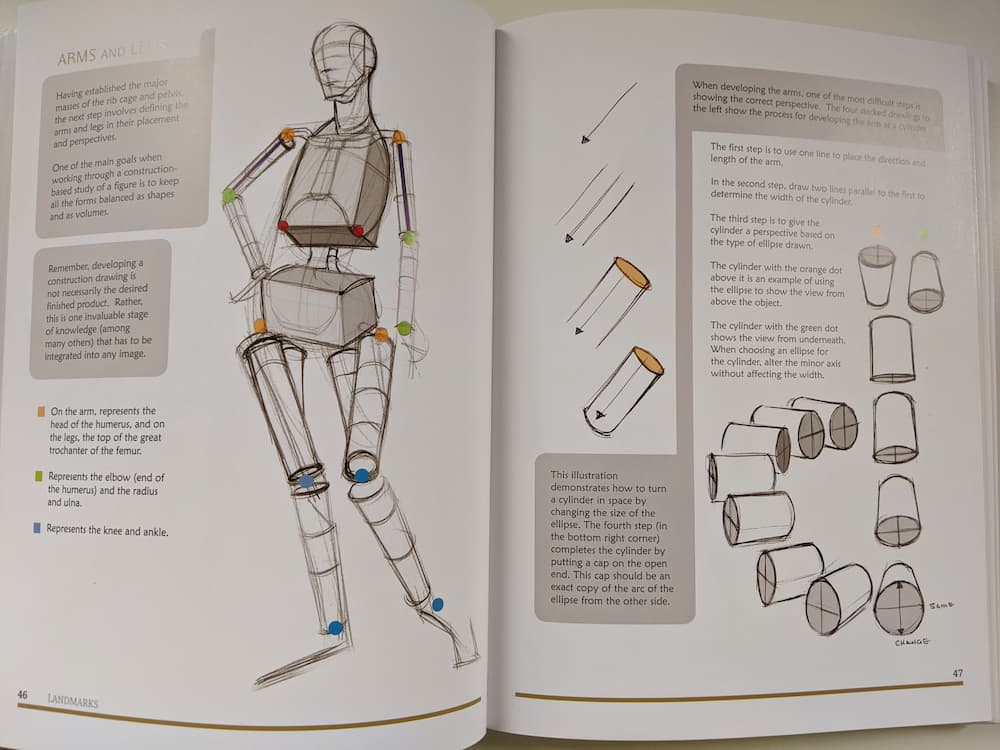
However, both in terms of language and simplification, I’ve found Figure Drawing: Design and Invention by Michael Hampton to be one of the best books on the subject matter I’ve come across. For those looking for a reliable means of creating figures from imagination, this book provides a great foundation.
The same basics from other books, like proportion and balance, are present, but where this particular book excels is in its simplification of forms.


By focusing on the largest and most important anatomical features, it helps students to bypass unnecessary details that won’t make or break your drawings. That isn’t to say you won’t be able to create detailed figures using this method, though. Hampton pays close attention to the landmarks in the body that most sell a feeling of weight and realism.
Some of those who teach anatomy believe it’s best to start with the skeleton to understand the structure, and others believe it’s better to start with the muscles and work from the outside in. His approach is a combination of both. He merges aspects of muscle and bone into simple volumes so students can better understand the collective role different parts play in the function of the body.
Of the books I’ve mentioned, Figure Drawing by Michael Hampton is the most modern, and in my opinion, does a better job of addressing the needs of the modern artist, both in language and content. No one book is perfect, though, and our individual needs will dictate which book is best suited for us. Like I said, I recommend you to expose yourself to as many different teachers and approaches as possible.
Figure Drawing won’t teach you how to perfectly capture a likeness but for those looking to draw realistic figures from imagination, it’s a great place to start.

Taylor is a concept artist, graphic designer, illustrator, and Design Lead at Weirdsleep, a channel for visual identity and social media content. Read more articles by Taylor.
ENROLL IN AN ONLINE PROGRAM AT SESSIONS COLLEGE:






















